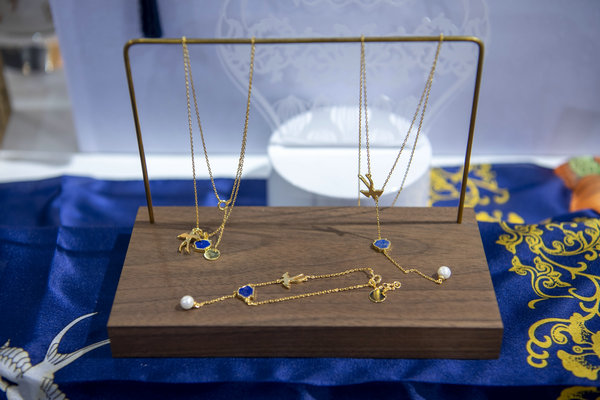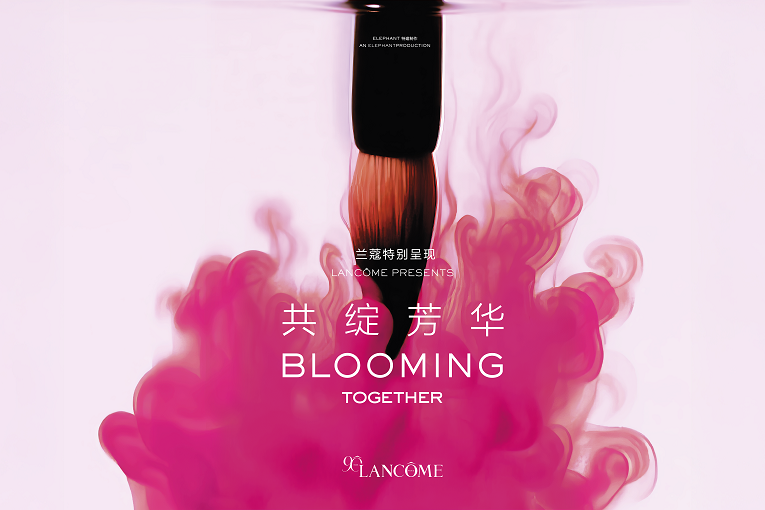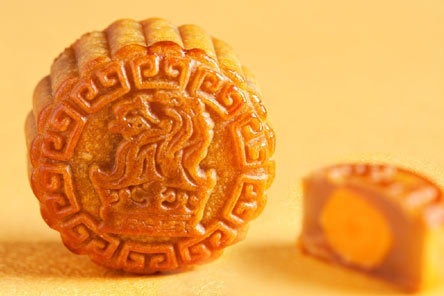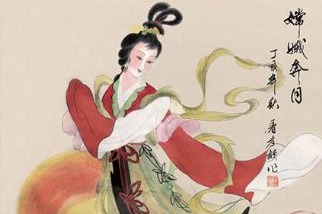Social Media Digest


Heritage adornments
Magnets used to be the go-to souvenirs for young people visiting museums. Today, however, a new trend is emerging — cultural and creative jewelry inspired by museum artifacts is becoming a popular choice among young consumers.
Museums across China are designing rings, necklaces, and bracelets modeled after pieces in their collections. These items are typically made of gold-plated copper rather than real gold, and are priced affordably between 100 and 200 yuan ($13.94 and $27.89).
The Palace Museum was among the first to popularize the trend with its elegant and refreshing "Auspicious Koi" series, which features the koi fish — a traditional Chinese symbol of good luck and prosperity. At the Suzhou Museum, a bracelet inspired by the sword of King Fuchai of Wu during the Spring and Autumn Period (770-476 BC) is considered a budget-friendly alternative to Cartier's iconic "Juste un Clou "nail collection. Meanwhile, the Hubei Museum provides hairpins inspired by King Goujian of Yue for just a few dozen yuan.
Young consumers appreciate that, although museum jewelry is not luxury-branded, it offers authentic recreations of ancient masterpieces — designs that may well resemble those worn by historical figures themselves.
As noted by Tide News, these small adornments serve as a bridge across centuries, allowing wearers to tangibly connect with and appreciate the profound wisdom and aesthetics of their ancestors.




































